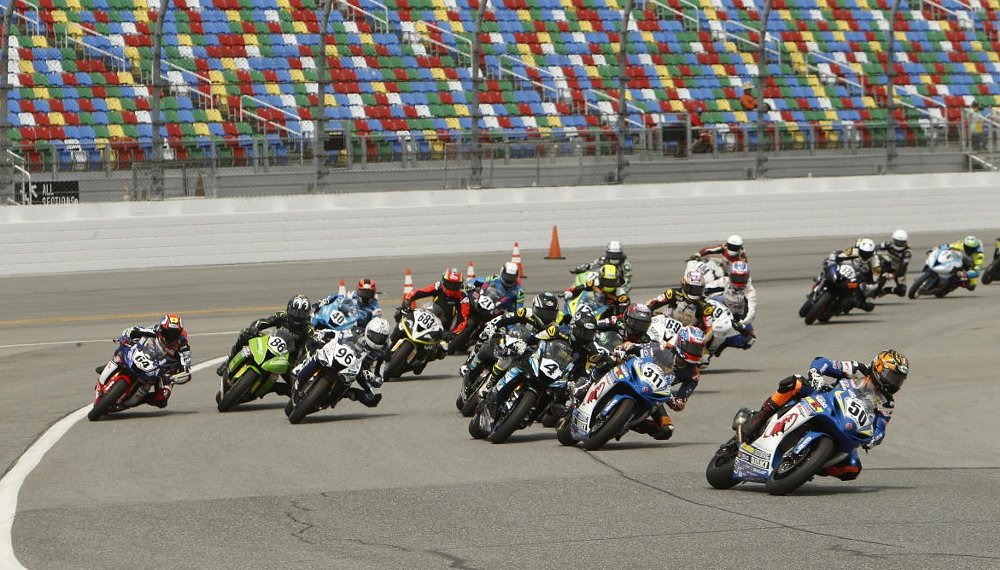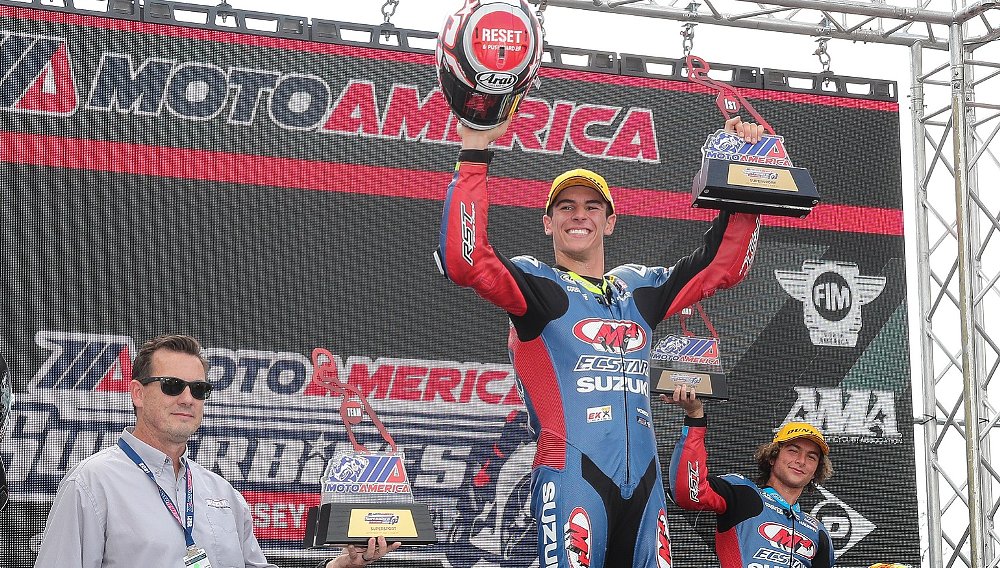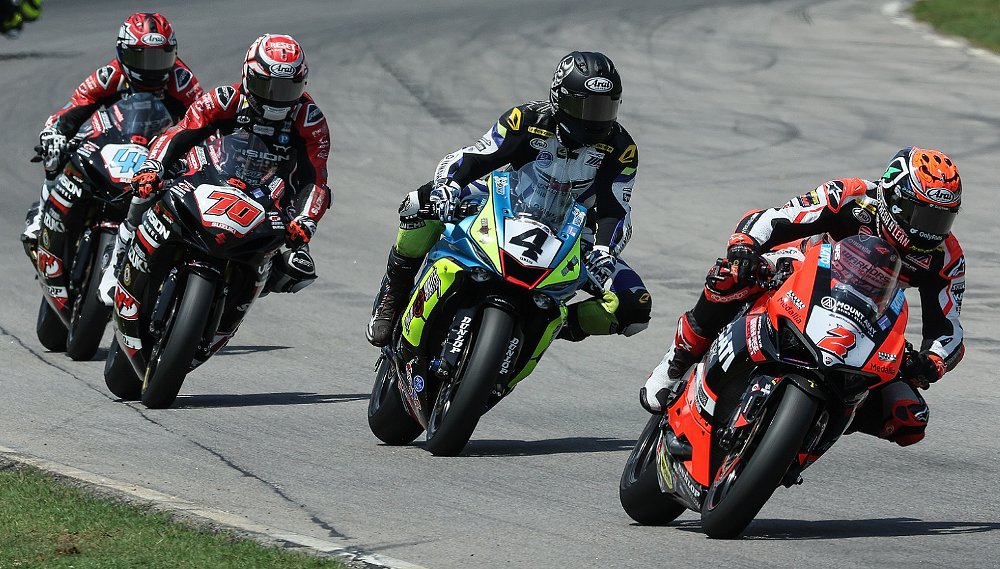Many consider it the first real sport bike. Toward the end of the era when Superbikes were 750 cc fours and 1,000 cc twins, it was a formidible competitor, winning three straight AMA Superbike titles. And legions of sport riders have argued that it's the perfect go-fast compromise between the hard-hitting power of liter bikes and the peaky nature of 600s.
We're talking about the Suzuki GSX-R750, the last survivor in the once-popular 750 cc sport bike category. And now, it's back on track.
The door that opened and allowed the return of the Gixxer 750 to top-level professional racing was the creation of the Next Generation Supersport category. Long dominated by four-cylinder, 600 cc machines, the Supersport race class had become stale, in part because those bikes were no longer selling well to consumers. The 600 cc race replicas had become so specialized, so focused on racing, that they no longer worked that great as street bikes.
The FIM, the world motorcycle governing body, decided to shake up the category by allowing different displacements and engine types. So now in Supersport you can still race a proven entity such as a Yamaha YZF-R6, but you can also race a Ducati Panigale V2, with a 955 cc twin, or a Triumph Street Triple RS, with a 765 cc triple, or an MV Agusta F3, with a 798 cc triple. Or a four-cylinder Suzuki GSX-R750.
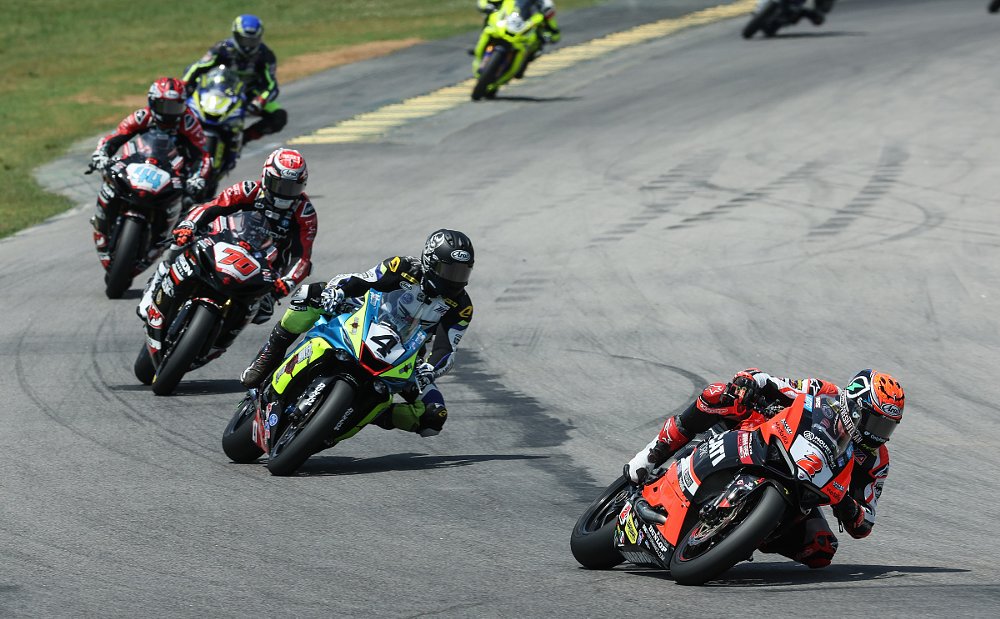
On paper, it seems like a no-brainer. If your team has been racing a GSX-R600, why not switch to the 750, which uses the same chassis and adds 150 cc of displacement? Well, it turns out it's not as simple as that. Not simple at all, in fact.
It's fair to give Suzuki credit for keeping the 750 alive in its lineup, but it's also true that Suzuki has let the model languish with little development. So the GSX-R750 still has an old-style cable throttle instead of electronic ride-by-wire throttle. That's a problem because the FIM created a balancing formula to try to create a level playing field for everything from a 955 cc twin to a 600 cc four-cylinder, and that involves controlling things, such as throttle opening, through the ECU. So to make the GSX-R750 legal, a ride-by-wire throttle and accompanying parts had to be created.
That's one reason we've yet to see a single GSX-R750 competing in World Supersport, though we've seen Ducatis and Triumphs racing against the usual 600s. But in the states, Team Hammer, which races in MotoAmerica as the Vision Wheel M4 ECSTAR Suzuki team, and has a long and strong history in Supersport, decided to do what was necessary to race the 750.
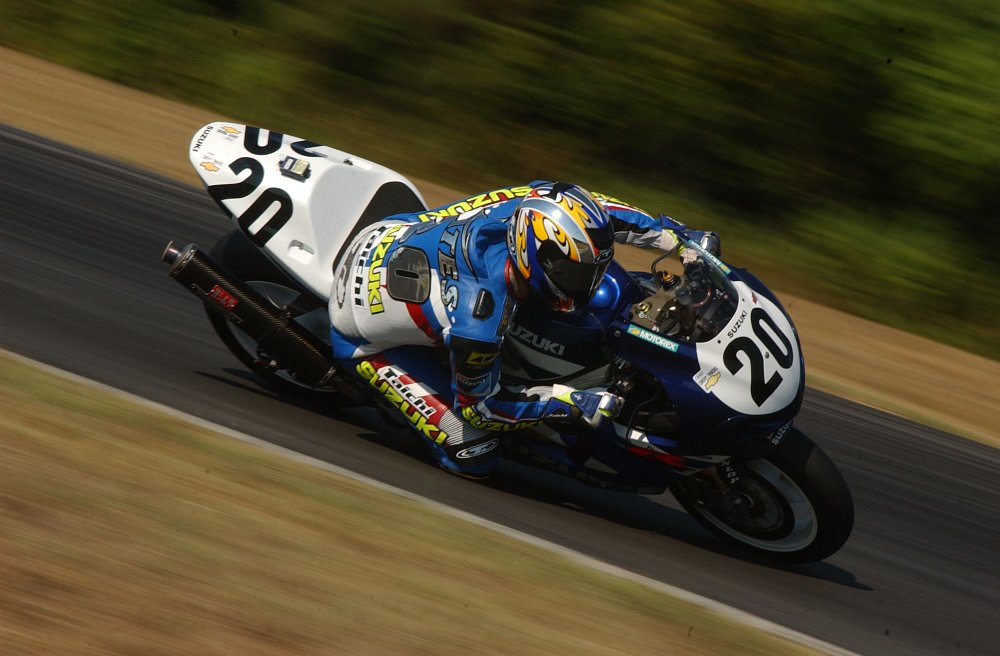
Getting the GSX-R750 back on track
"If you think about it, it's like racing Superbikes up until the turn of the century," former Superbike racer and Team Hammer manager Chris Ulrich said of Next Generation Supersport. It was the 2003 season that AMA Superbike switched to the 1,000 cc formula.
Team Hammer most recently won the MotoAmerica Supersport championships in 2019 with Bobby Fong and 2021 with Sean Dylan Kelly, both on GSX-R600s. But the new rules led Ulrich to reassess.
"You see the rules like that and then, OK, what's going to be the best weapon to go after this? The motivation was first and foremost to be the most competitive we could," Ulrich said.
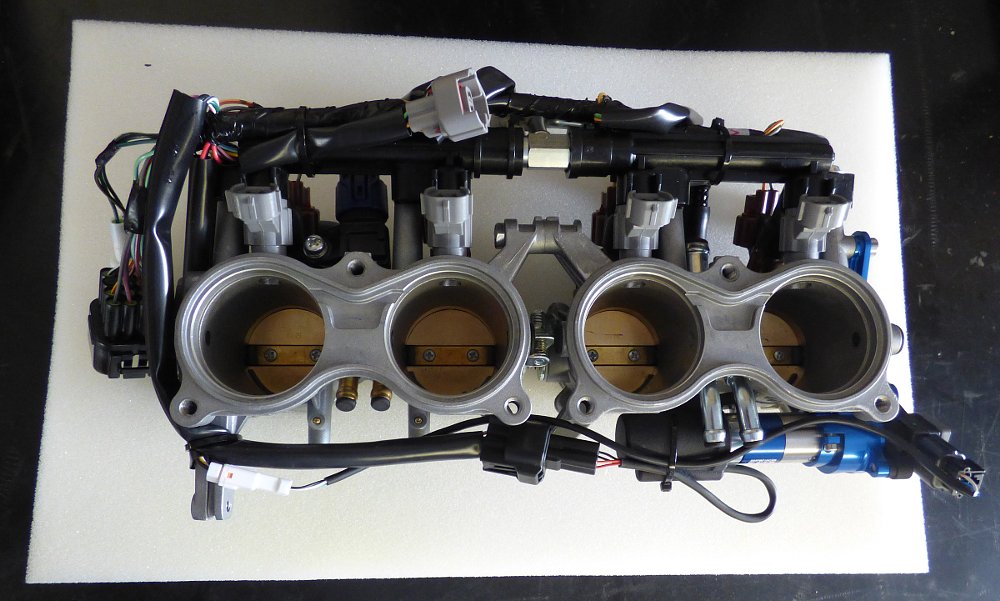
He had similar experience when he was racing a Honda in Superbike seven years ago, so Ulrich turned to Bike Sports Developments in the U.K. to develop the throttle bodies needed to make the GSX-R750 eligible. Now, if you want to race a GSX-R750, you can buy the throttle bodies from Team Hammer for $2,750. There are other parts you'll have to buy, from a dashboard to the spec ECU and special switches. All told, Ulrich estimates you can put the GSX-R750 on track in Supersport for no more than $8,000 in parts, not including things you'd change anyway, like the exhaust.
The advantages, though, may not be exactly what you think. The balancing formula in the rules keeps the 750 from running away from the 600s. Throttle openings are limited to about 78 percent and few other engine modifications are allowed. By comparison, the GSX-R600 the team raced in recent years was allowed more modifications, including a radical camshaft.
The GSX-R750 "makes a little bit more torque than a 600 but the top end is very, very close, within one horsepower," Ulrich said. "But then you see the result on the race track and it turns a pretty darn good lap time."
The lack of modifications also means there's less work to prep the bike for racing and Ulrich expects much more longevity from the 750 engine than from the 600, which he said "is absolutely on the limit. We're absolutely at the limit of what we can do to increase the performance of that motorcycle."
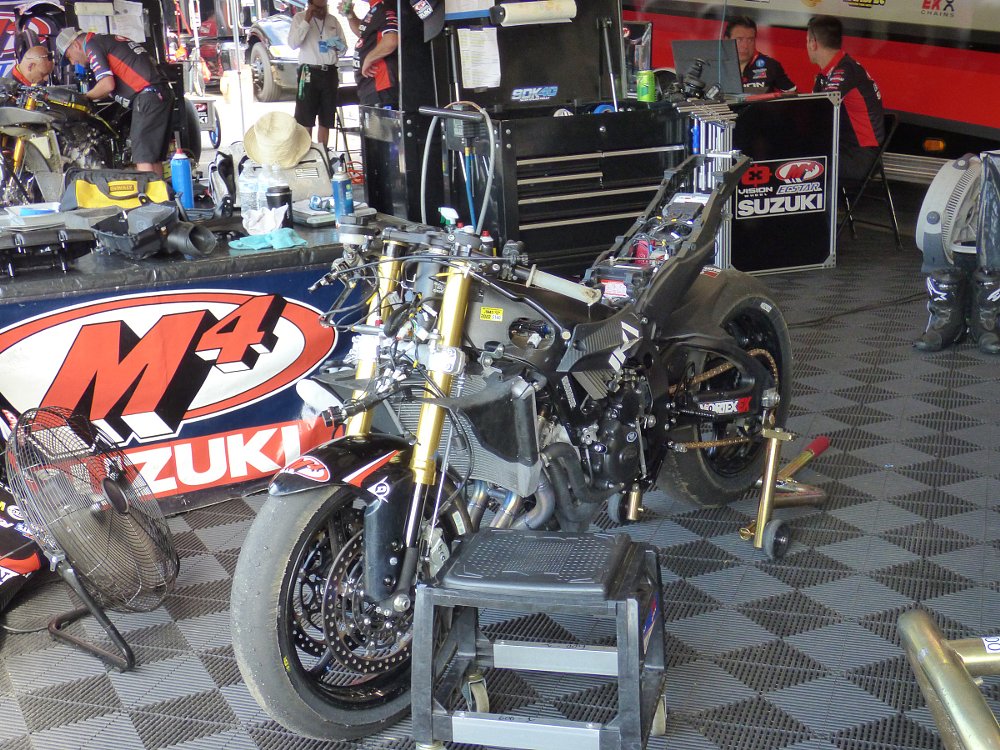
The race to get to the race
The process of getting the GSX-R750 back on the track didn't start until last September. Ulrich got permission from Suzuki in Japan, which had to homologate the bike, and Suzuki Motor USA. The team got two 750s in November and in December had an engine crated and shipped to Italy, where the FIM would test it to set the balancing formula. Shipping delays, customs delays and holiday delays put the process further behind. Getting the throttle bodies built was the only part that stayed on schedule.
"The first time the bikes ran was April 8," said Ulrich. "The first time the bike was on the race track for confirmation was April 15," at a track day at Talladega Gran Prix Raceway. "I rode the bike first and doublechecked just to make sure everything was nice and safe and then (team Superbike rider) Richie Escalante rode it for us. I wanted another high-level racer's opinion on it. From there, it was 'Great, we'll go racing.'"
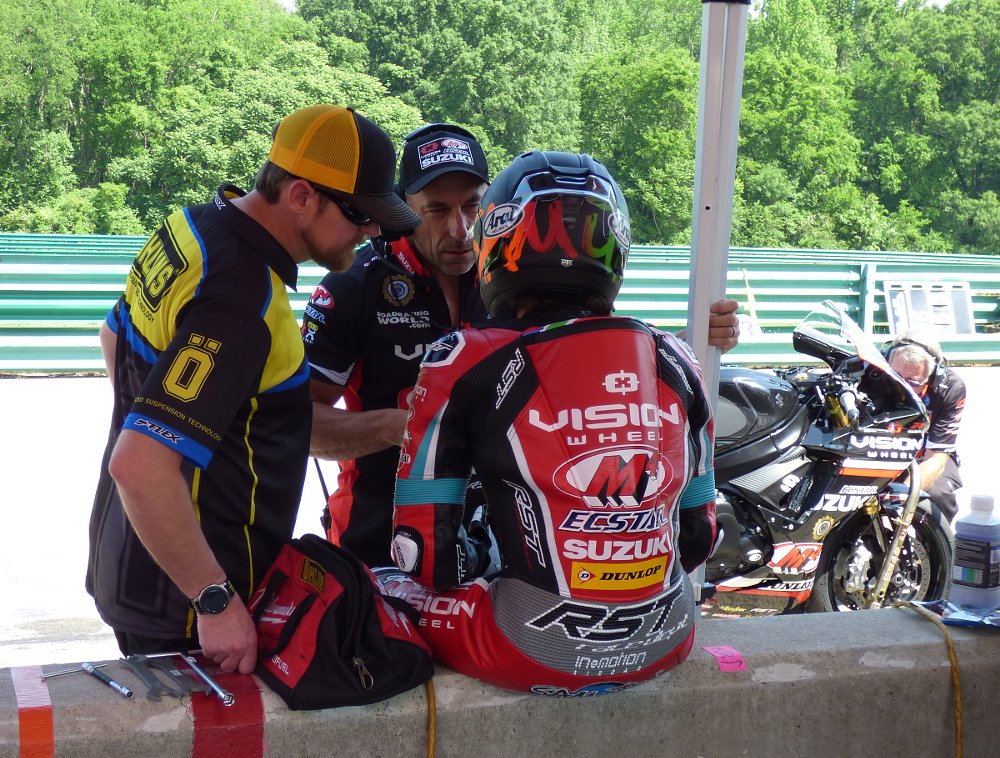
Putting the GSX-R750 to the test
With last year's champion, Kelly, off to race in the Moto2 world championship, the Vision Wheel M4 ECSTAR Suzuki team has two young riders in Supersport this year in Sam Lochoff, age 20, and Tyler Scott, 16. With the opening Supersport race scheduled for April 23 at Road Atlanta, Lochoff was told on the Wednesday before the race that he'd be riding the 750.
"I was a little shocked," Lochoff admitted. "It was definitely nerve-wracking," racing a bike that had only been on the track a few times.
But once he rode the bike, he was convinced. Lochoff finished second in both races at Road Atlanta behind Josh Herrin on the Ducati Panigale V2. He said he now prefers the 750 over the 600, really likes the auto-blipper developed for it to help with gear changes, and expects to be competitive all season.
"I've got a good feeling about this year," Lochoff said.
At the second round at Virginia International Raceway, Scott also got a 750 to ride and made the most of it, finishing second on Saturday and third on Sunday. Lochoff was in contention for a podium finish on Saturday but crashed on the last lap, then finished fourth on Sunday. Clearly, the package is competitive.
"It just fits my riding style better," Scott said after his first race on the bike. He said he particularly appreciates the torque when accelerating out of corners.
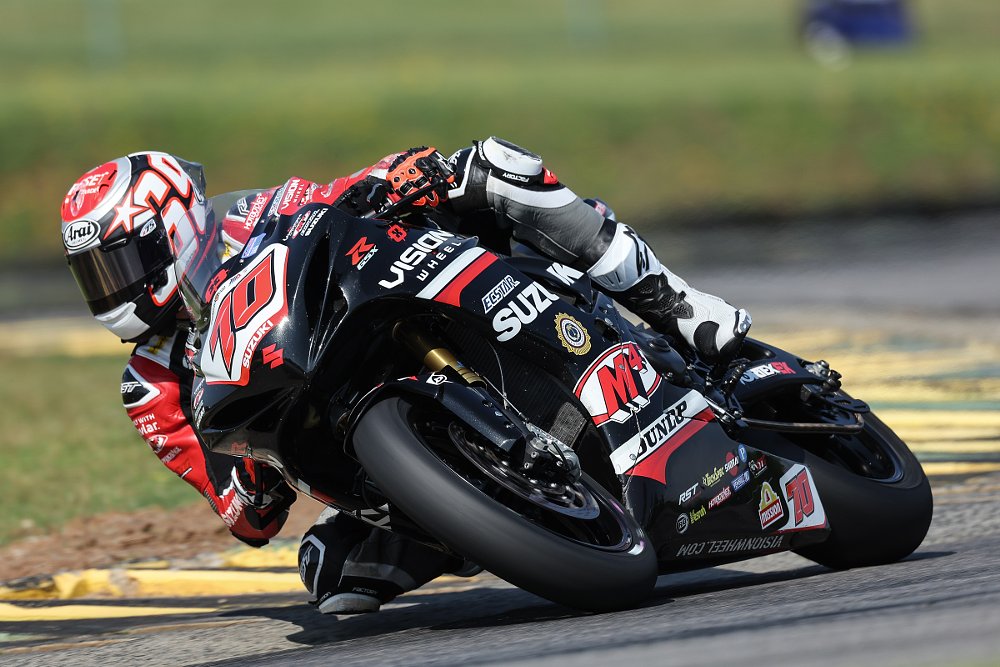
Though the sporting 750 cc category has all but disappeared, Scott is far from the first to cite its advantages.
"Who hasn't ridden a 750 and just got off the thing and gone, 'Man, that's the coolest damn thing I've ridden in my life,'" said Ulrich. "It's not a 600, because it's got a little more torque, but it's not a thousand that's going to rip your arms out. I remember the first time I rode the bike, at Talladega, and I just got off the bike going, 'This is really fun.' You get that nice balance between torque and power. It's an enjoyable bike to ride."
For Ulrich, there's also the satisfaction of bringing a major name in roadracing history back to competition.
"It is an iconic bike," said Ulrich. "I won my only two ever AMA national races on a 750, Laguna Seca 2001 and Mid-Ohio 2002. I enjoyed that bike. I was kind of bummed when they went away. It's an iconic bike and I'm proud to be able to bring it back to the grid."
There was one GSX-R750 on track at Road Atlanta, four at VIR, and Ulrich expects to see six on the grid this weekend at the MotoAmerica round at Road America. With four podium finishes in four races so far, the GSX-R750 is definitely back.












